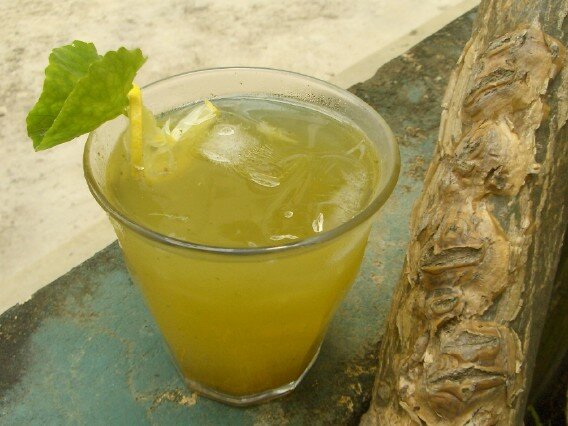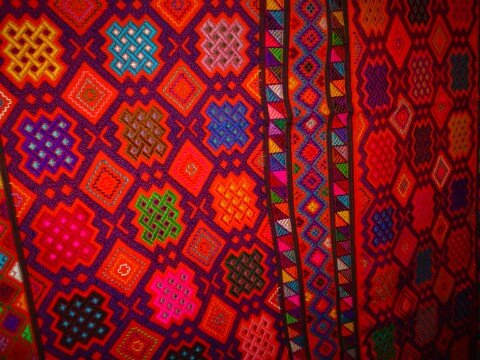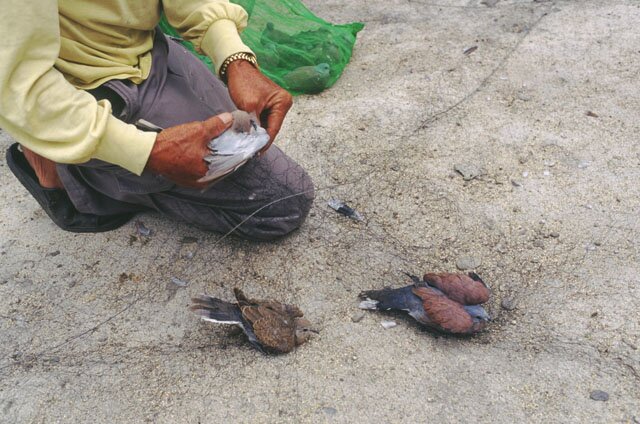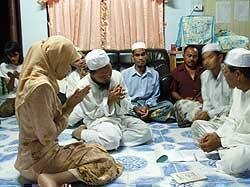BROWSE COUNTRIES/ TERRITORIES
From Wheelock to Standard Chartered
They were Khoo Teck Puat's two best deals.
In 1985, Khoo Teck Puat and shipping magnate, Y. K. Pao, waged an epic tussle for the venerable British trading house, Wheelock Marden.
It was a “battle between the dragon and the snake”, said the Hong Kongers, playing on words in Cantonese, the native dialect. Khoo was a foreigner who had invaded Pao’s home ground. He was the dragon, as in the old Chinese saying, “it is only a fierce dragon that crosses the river (to seek food).” Pao was knighted by the Queen and carried the title “Sir”. In Cantonese, “Sir” rhymes with “snake”. The fight was thus between a dragon and a snake.
The snake won, but the dragon walked away with a huge profit. And another chapter of British colonial history drew to a close. Wheelock, which traces its roots to the 1800s, was one of four major “Hong”, or British trading houses, that grew with Hong Kong. They thrived during the colonial days, but floundered with the rise of the Chinese tycoons and the return of Hong Kong to Chinese rule. Of the other three, Hutchinson Whampoa was snapped up by Li Ka-shing; Jardine Matheson escaped to a foreign domicile; and Swire Pacific, owner of Cathay Pacific Airways, now depends on Beijing’s sufferance for its well-being.
Under the Marden family, Wheelock went into a liquidity crisis. It ordered 22 vessels, the delivery of which coincided with the recession of the mid 1980s. The Mardens decided to cash out by selling their 14% stake to Khoo, who immediately launched a general offer for the company.
But the Chiang family, which owned 34% of Wheelock, favoured a takeover by Li Ka-shing. Li, in the process of digesting Hutchinson, passed the offer to Pao, who grabbed it with alacrity. A bidding war between the dragon and the snake was imminent.
In the next month, feverish trading pushed the Wheelock stock price up 23%. Pao called in all his chips and raised his stake to above 5o%, effectively gaining control of the company. Khoo, who by then had accumulated some 30% of Wheelock, sold the entire lot to Pao, pocketing more than HK$100 million in the process. It was one of the greatest stock-market profits of those days.
The high-profile fight caught the eye of the British establishment. In 1986, when Standard Chartered Bank was fending off a hostile bid from Lloyds Bank, its top management turned to both Pao and Khoo, and to South African/Australian businessman Robert Holmes a Court, for rescue. The three “white knights” bought up enough Stanchart shares to thwart Lloyds’s bid.
But a year later, their investment plunged in value in the aftermath of the global stock-market meltdown of October 1987. Pao immediately cut losses, shedding HK$600 million in the process. Holmes a Court also cleared out. But Khoo was not called “The Great Accumulator” for nothing. He started buying more Stanchart shares, bringing his stake from the original 6% to more than 10%. This made him the single biggest shareholder of the British bank. The investment, which Khoo said was the best in his life, ballooned from the original $300 million to $4 billion when it was sold to Singapore government investment vehicle Temasek Holdings in March this year — a near 13-fold return in 20 years.
Related Stories:
Login or Register
 Lee Han Shih is the founder, publisher and editor of asia! Magazine.
Lee Han Shih is the founder, publisher and editor of asia! Magazine.
- Asian Dynasties and History
- Conservation of the Environment
- Definition: Culture
- Economy and Economics
- Food and Recipe
- Geopolitics and Strategic Relations
- Health and Body
- Of Government and Politics
- Religion and Practices
- Social Injustices and Poverty Report
- Society, Class and Division
- Unrest, Conflicts and Wars

































 Another Point
Another Point From Jerusalem to the West Bank
From Jerusalem to the West Bank
Comments
Post new comment